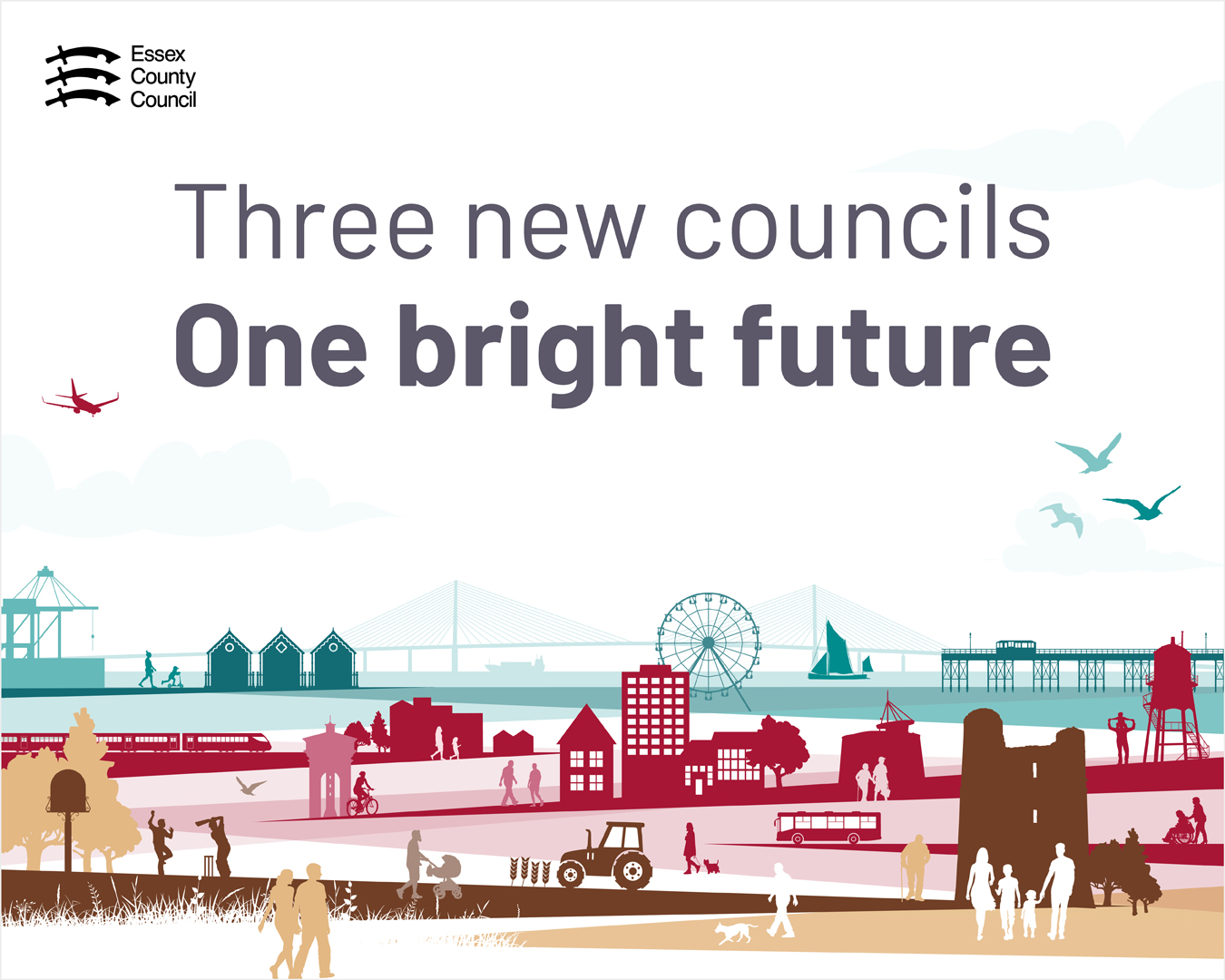The stress-free guide to adopting new fundraising platforms
Posted on: November 22, 2021
Human beings don’t like change. We are creatures of habit, fearing that change may come with a loss of control or cause us to stray outside our comfort zone.
But change can be a very good thing. Change means we’re learning, improving on what went before and adapting our behaviour accordingly. The brain might not like it much in the short-term, but in the long-term, our ability to change is what keeps us all going.
The charity sector is no stranger to change, especially in the wake of COVID-19. Fundraising, especially, has changed dramatically since the pandemic. We’ve gone from fundraising in-person to fundraising online, from buckets full of change to contactless payment devices, and the switch has not been seamless.
The Charity Digital Skills Report 2021 revealed that digital fundraising was one of the top five skills that charity professionals struggled with during the pandemic. Almost a third (32%) of respondents claimed to have limited fundraising skills and cited fundraising as the third biggest challenge charities faced with digital during the pandemic.
So while adapting to new situations and adopting new fundraising avenues is excellent, there remains a gap between what charities hope to do and how they are able to deliver it. Any tool, however useful it may seem, is only as good as the person using it. If those tools change, people must too.
“Digital transformation is historically even more difficult to pull off than traditional change methods,” says digital consultancy Trillium in its e-book, Managing Change in Charity Organisations. “A 2018 McKinsey report highlights that while less than 33% of traditional transformation projects succeed, the success rate for digital transformation is even lower.
“For those that say digital transformation is dead, this might feel irrelevant, but it isn’t. In this day and age, there is no transformation without digital. Digital is inherent in everything we do, so any sort of change programme you initiate will include it.”
This process of transformation can be stressful for charity volunteers, supporters, and staff, even when not in the middle of a pandemic. It is vital that charities continue to put their people first, placing them at the heart of every decision when it comes to bringing about change. It is about managing change through managing emotions –something that charities are better at than most, given that they do it in their fundraising already.
In this article, we delve deeper into the emotional side of change, and how that can be managed when charities want to bring in new tools and systems. Change doesn’t work unless everyone is on board and you can choose all the platforms in the world, it’s no good if people don’t use them.
So how can charities reduce the stress and fear that comes with organisational transformation? And how can they ensure that their employees feel supported?
Putting people over platform
As we’ve established, adopting fancy new fundraising technology is no good if no one knows how to use it. Deciding to use tech in the first place is the easy part – empowering people to use it is a bit trickier.
People might be resistant to it for a variety of reasons – perhaps they don’t feel informed enough, or consulted, or are unsure of why it’s happening. Perhaps it’s down to capabilities or simply habit.
But a charity’s people are the reason it exists, from employees and volunteers to donors and beneficiaries. Charities need to think about all their different audiences and who the proposed change most affects, both directly and indirectly.
For example, if you implement a new donation platform, how does this change the way you fundraise? Many charities work with staff and volunteers that have been with them for years – do they all have smartphones? Are they able to show others how to scan QR codes, instead of rattling a bucket?
It is also important that you bring leadership along with the journey, too. One of the big concerns could be finances – how will you pay for the new platform and how will it look to donors if a lot of the money they give you goes towards it?
Indeed, charities are always under intense scrutiny when it comes to how they spend their money. Research reveals that around seven in ten donors look up an organisation’s overall efficiency before donating, with philanthropic impact and general reputation also factoring highly.
Supporters need reassurance that their money is going to the cause they donated it to, and this means reassurance about the new technology you’re bringing in too.
People are comfortable putting money into a fundraising tin or donating via a website, but bringing in new platforms could cause them disquiet, especially given the growing sophistication of phishing scams. It is important to be clear about any changes to your donation process to give your supporters confidence that their money is secure and going to the right place.
All of these sticking points are solvable. That’s why change management exists. The key point is to ensure that people are at the heart of your decision-making, whatever the fundraising platform you choose to use.
Embracing change, not resisting it
If the pandemic has taught us anything, it’s that the best thing any charity can do is to embrace change. But it is not always easy. It requires entire organisations to be on the same page, to be brought along the process together, with no one left behind.
Communication is everything. First start with the reasons why you’re changing. If you’re changing the way you fundraise, talk about the shift towards online and contactless giving and use evidence to back up your points. Reports suggest that only one in six payments is now made in cash – relying on those donations alone could reduce the amount you’re able to raise.
Charities should also dissect the change into small chunks. Don’t just think about the next ten years, think about the next ten minutes. Change that happens abruptly can cause more stress and resentment within organisations.
Being open about the timeline is one way to prevent this. It sets clear expectations and gives people a sense that they’re on a journey, rather than constantly chasing new goalposts.
Make sure that everyone has everything they need. Provide fundraisers with a toolkit they can keep referring to when needed and keep the lines of communication open for any questions, anticipating the most common ones so you have answers ready.
Simple chat channels on platforms like Teams can work for this or having an Open-Door hour where employees know they can bring issues up. “Allowing access to the driving forces behind the change will enable your employees and supporters to feel like they are part of the process,” adds Trillium.
The process of changing the ways you fundraise will never be totally easy. And there will be change within change – no plan is ever 100%, as charities know well. But because of constant changes in the sector, charities are also adaptable.
Keep reviewing your process, keep asking the question “Why are we doing this?”, and keep learning. Pushing through a long-term plan that isn’t working breeds just as much resentment as changing everything overnight.
There are also plenty of change management models that charities can follow, many of which are helpfully outlined in Trillium’s e-book. Whether it’s nudge theory (which works on the principle that small actions have a substantial impact on behaviour) or Bridge’s Transition Model, there is a lot of guidance and behavioural science that can influence how your audiences adapt to change.
Change is inevitable. With 2022 around the corner, new fundraising trends are popping up all the time. Get ready to embrace QR codes, Artificial Intelligence, and much more. But always keep your people in mind as you do so.
The top three things to think about when managing change
- Why?
Why are you changing? Organisations that can show the impact of the change they’re trying to push through will have more success in getting people on board - How?
How will you bring about that change? Have a plan in place so you can bring change in smoothly, anticipating any concerns such as funding or resource - Who?
Who will this change affect? Consider all the different groups in your organisation, map out potential problems they may face and think about how you can address them in your communications



Leave a Reply
You must be logged in to post a comment.